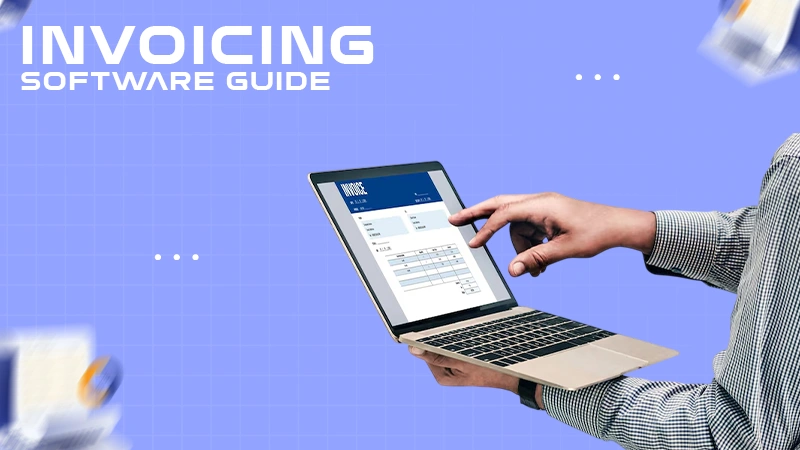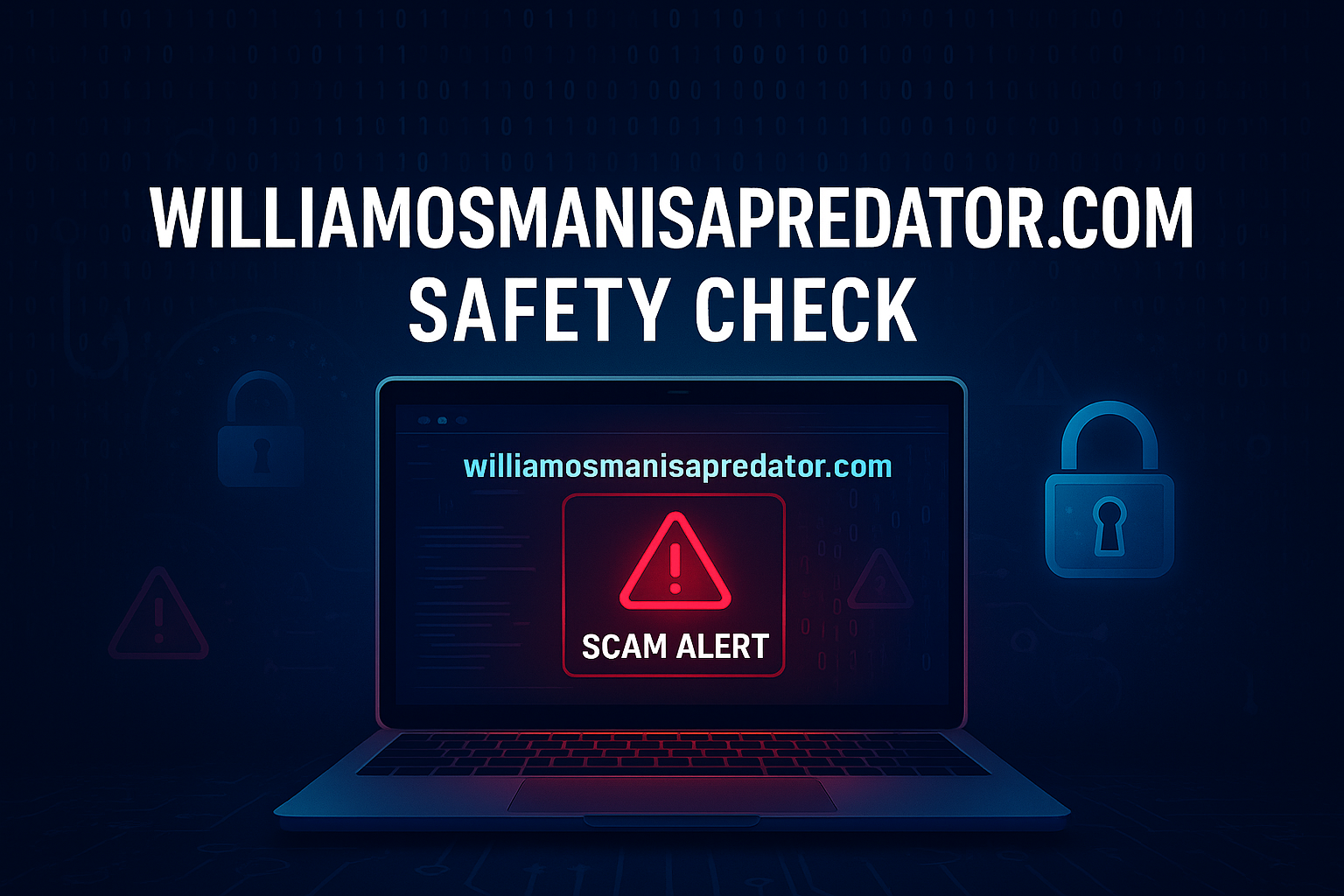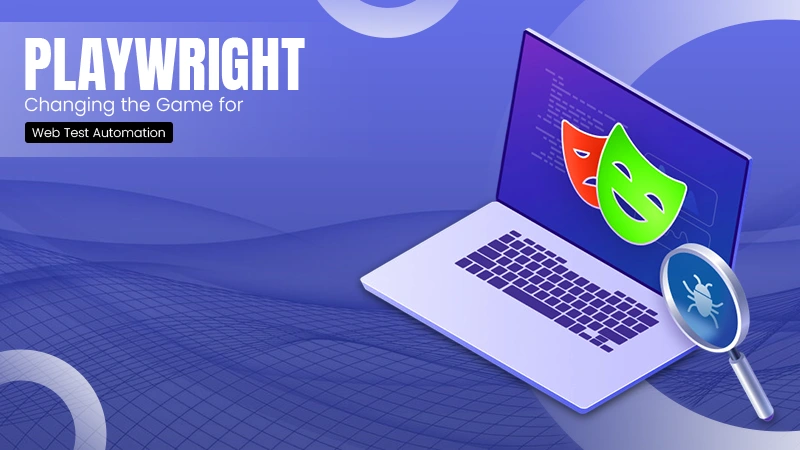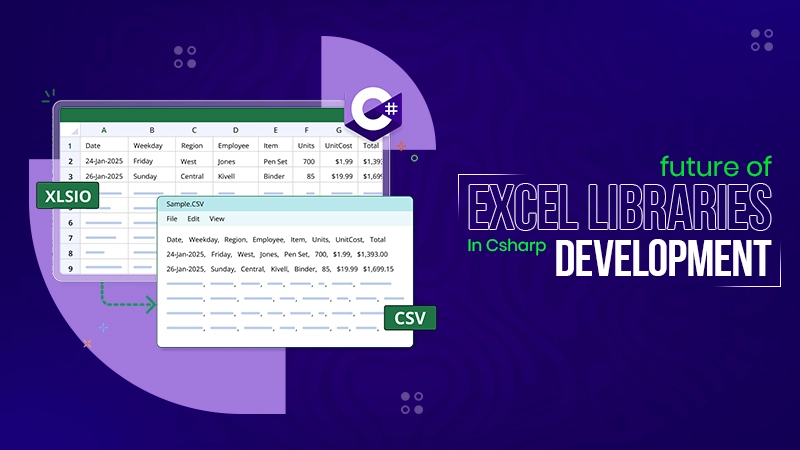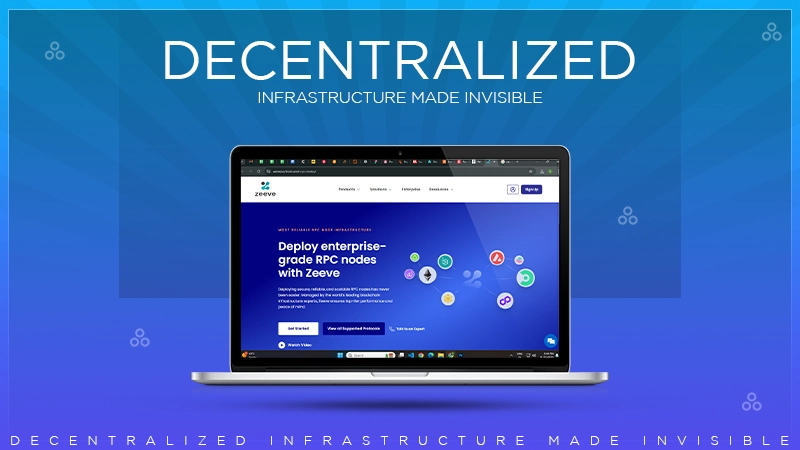The digital age has brought significant advancements, but it has also exposed businesses to an array of online threats. Securing sensitive information and safeguarding operations are now top priorities for many companies. While technology evolves, so do cyber threats, making it crucial to stay ahead. Comprehensive knowledge, backed by advanced training, is vital for creating a robust cybersecurity strategy. Businesses must focus on investing in the right resources to mitigate risks effectively.
Here’s how you can ensure your business remains safe from cybersecurity threats:
Understand the Basics of Cybersecurity
Cybersecurity is about protecting systems, networks, and sensitive details from unauthorized access or attacks. Threats such as malware, phishing, and ransomware are prevalent and can disrupt operations significantly. Understanding these risks is the first step in defending against them. Companies must educate their teams about the basics, including identifying suspicious activities and the importance of strong password hygiene. By addressing foundational practices, organizations lay the groundwork for stronger protection.
Conduct Regular Risk Assessments
Understanding potential vulnerabilities within systems is critical to maintaining security. Regular audits help identify weak spots and ensure proactive solutions. Conduct both internal reviews and external penetration tests to evaluate the effectiveness of your current measures. Use these assessments to adjust and improve policies, tools, and practices. Staying aware of potential risks helps minimize exposure and builds a resilient infrastructure capable of withstanding evolving threats.
Hire the Right Professionals
A well-rounded team with specialized expertise is essential for any cybersecurity framework. Advanced educational programs, such as an online masters in information technology and cyber security, empower professionals to tackle complex challenges, from developing effective defenses to responding to breaches efficiently. These programs focus on real-world scenarios, preparing individuals to protect assets and support long-term resilience.
These programs also provide deep insights into topics such as risk management, secure infrastructure, and advanced threat detection. Organizations benefit by hiring individuals with this background, as they bring advanced methodologies and innovative solutions to strengthen defenses. Investing in this talent is not only a safeguard but a strategic move to stay competitive in a digital-first economy.
Implement Multi-Factor Authentication (MFA)
Multi-Factor Authentication (MFA) is one of the most effective ways to prevent unauthorized access. It requires users to verify their identity through multiple credentials, such as passwords, biometrics, or security tokens. Even if one layer of protection is compromised, other safeguards prevent attackers from gaining access. MFA is particularly effective for securing sensitive systems, applications, and financial records. Adopting MFA across platforms not only reduces risk but also builds user trust by demonstrating a commitment to robust security practices.
Regularly Update and Patch Software
Software vulnerabilities often serve as entry points for cyberattacks. Keeping systems up to date is a simple yet crucial step in maintaining security. Regular patches address bugs and fix loopholes that could be exploited by attackers. Automating updates ensures nothing is overlooked. Beyond operating systems, it’s important to update applications, firewalls, and antivirus tools. This proactive approach significantly reduces the risk of breaches and keeps systems running smoothly.
Train Employees on Best Practices
Employees play a significant role in maintaining a secure environment. Human error is the cause of many breaches, such as using weak passwords or falling for phishing scams. Conduct regular training sessions to educate staff on recognizing suspicious emails, protecting sensitive files, and following security protocols. Create clear guidelines for online behavior and provide tools like password managers to simplify safe practices. Empowering your workforce with knowledge minimizes the likelihood of accidental vulnerabilities.
Use Encryption for Sensitive Data
Encryption transforms data into a secure format, making it accessible only with the correct decryption key. This measure is vital for protecting sensitive details, such as client information and financial records, both during transmission and storage. Implement encryption protocols for emails, databases, and cloud storage services. Encrypted files ensure that even if they are intercepted, the information remains unreadable to unauthorized parties. Businesses that adopt encryption demonstrate a strong commitment to safeguarding trust and confidentiality.
Develop a Comprehensive Incident Response Plan
Even with strong defenses, no system is immune to threats. An incident response plan ensures that your team knows exactly how to handle a breach. Outline steps to identify, contain, and resolve issues quickly. Assign clear roles to team members, so there’s no confusion during critical moments. Regularly review and test the plan to ensure its effectiveness. A well-executed response minimizes damage, reduces downtime, and restores operations faster, protecting both your reputation and bottom line.
Monitor Systems Continuously
Continuous monitoring helps identify unusual activities before they escalate into serious problems. Real-time monitoring tools analyze network behavior, flagging anomalies that could indicate a breach. These tools also provide actionable insights to prevent potential attacks. Businesses should combine automated solutions with regular manual reviews to cover all bases. Staying vigilant ensures that threats are detected early, reducing the impact of potential breaches and maintaining system integrity.
Back Up Data Regularly
Data backups act as a safety net in the event of ransomware attacks, system failures, or accidental deletions. Schedule regular backups and store them in secure, off-site locations or cloud-based solutions with robust security protocols. Test these backups periodically to ensure they can be restored when needed. Having reliable backups minimizes downtime and prevents the complete loss of important data, allowing for smoother recovery during emergencies.
Keep An Eye On Emerging Threats
With new threats appearing on a regular basis, the cybersecurity landscape is changing quickly. Keeping up with the most recent trends and strategies employed by attackers is crucial to preserving strong defenses. Subscribe to industry updates, join professional networks, and attend relevant webinars or conferences. Encourage your team to engage in ongoing learning and adopt modern technologies as they become available. Awareness and adaptability are key to staying ahead of cybercriminals and maintaining resilience.
In today’s interconnected world, prioritizing cybersecurity is essential for protecting sensitive data and maintaining trust. By combining proactive measures, such as hiring skilled professionals, educating employees, and utilizing advanced tools, businesses can create a strong defense against online threats. Regular assessments, encryption, and response planning further enhance resilience. Safeguarding digital assets requires ongoing effort, but the rewards include improved operational stability and client confidence. Start implementing these strategies today to build a secure and sustainable future for your organization.


